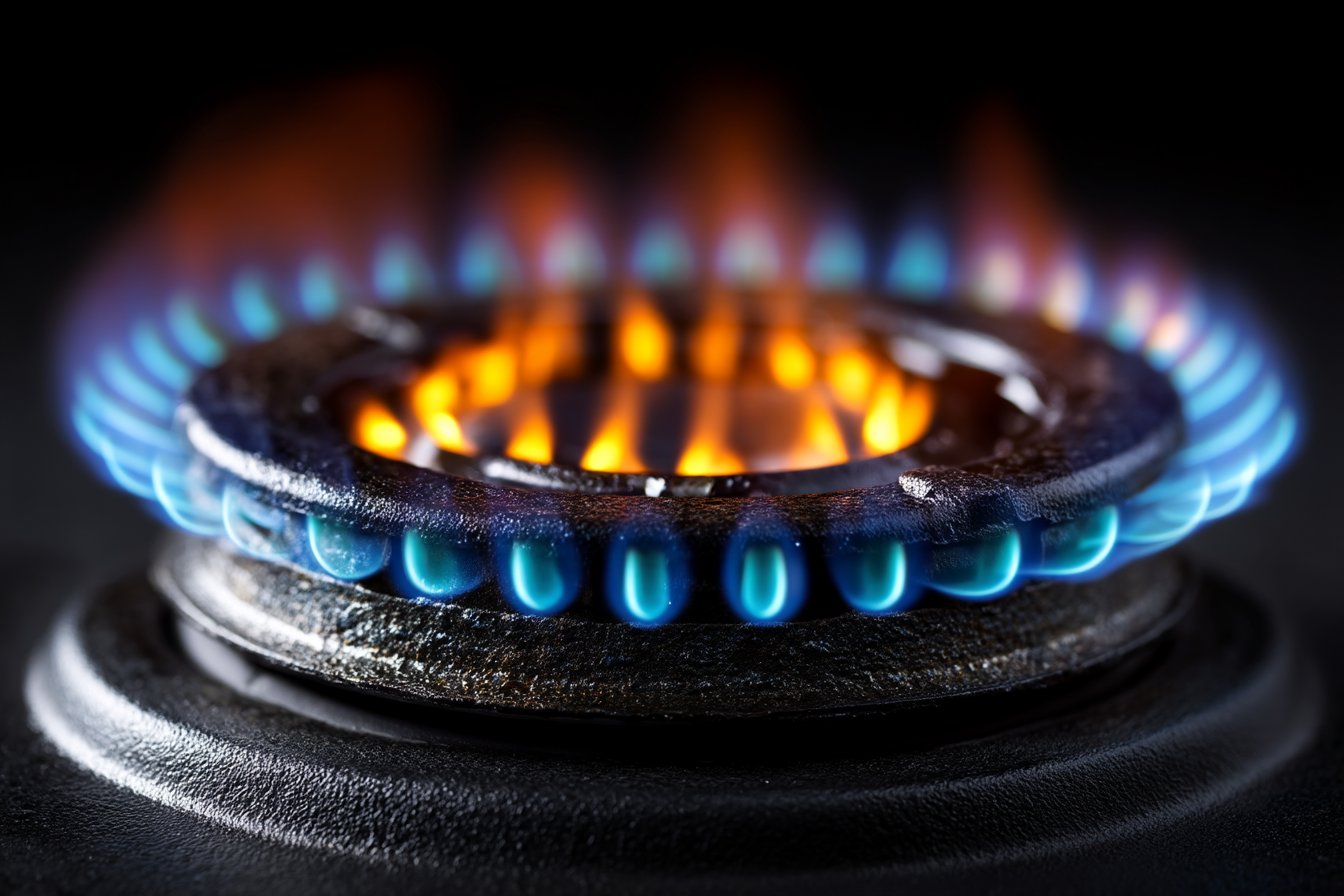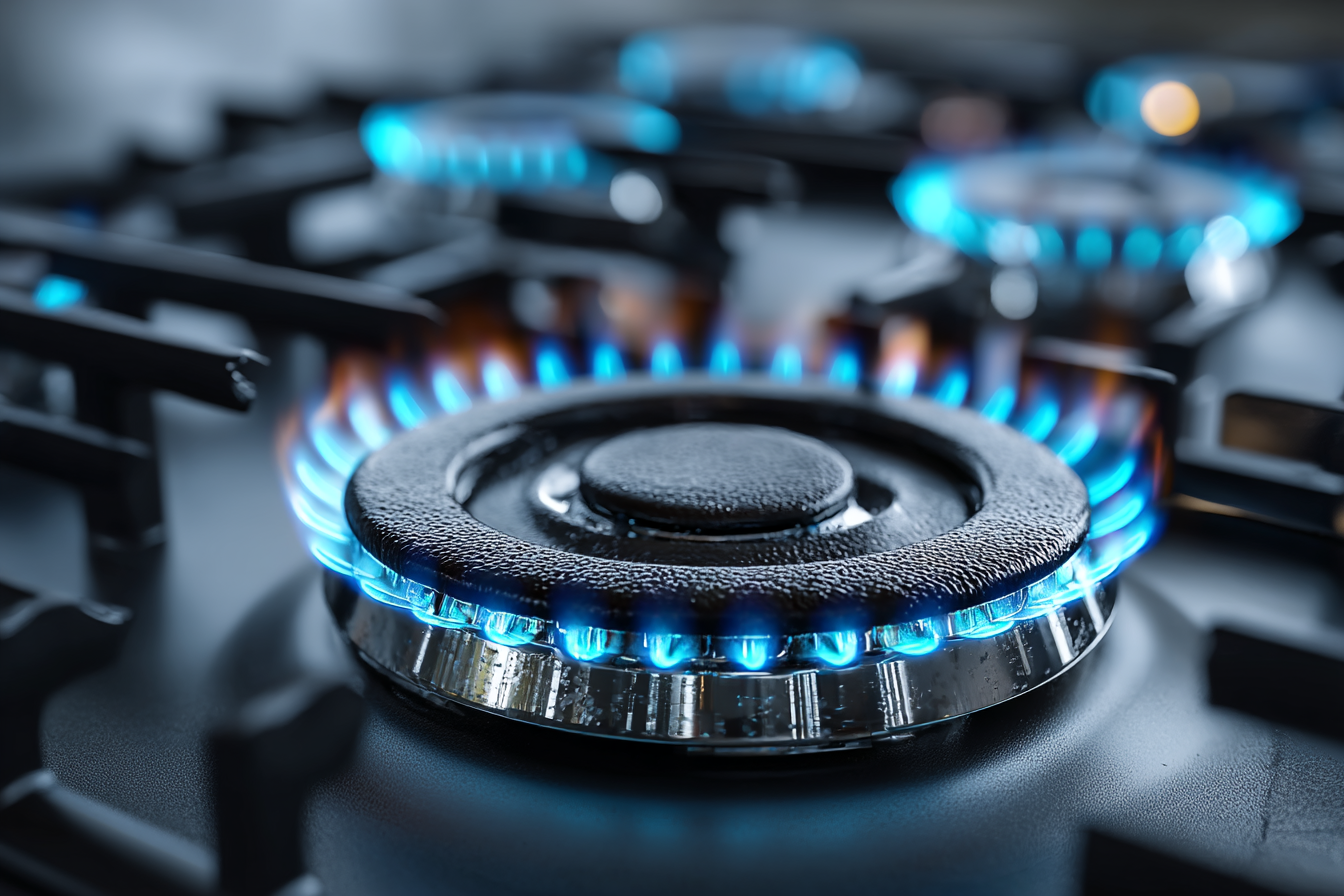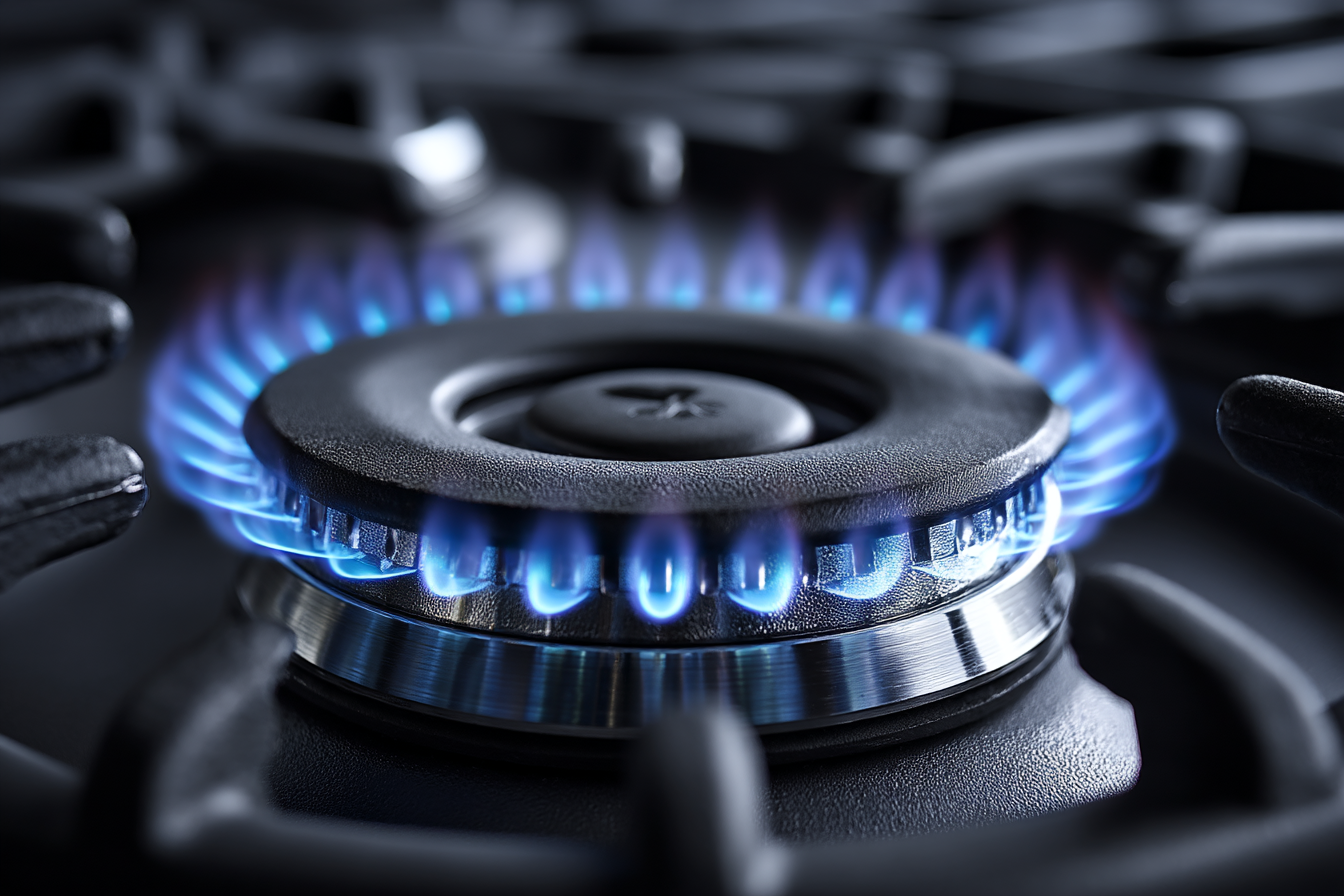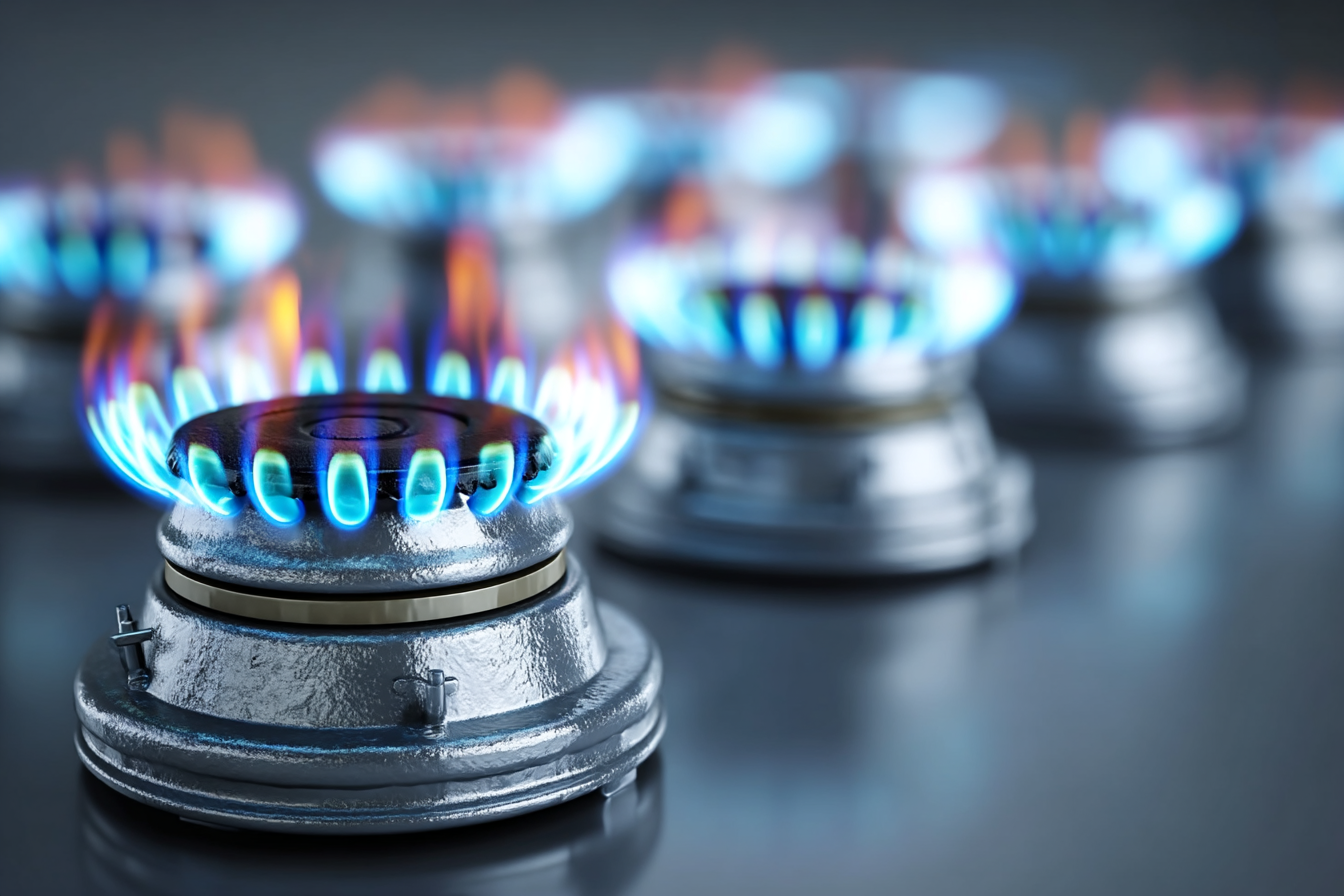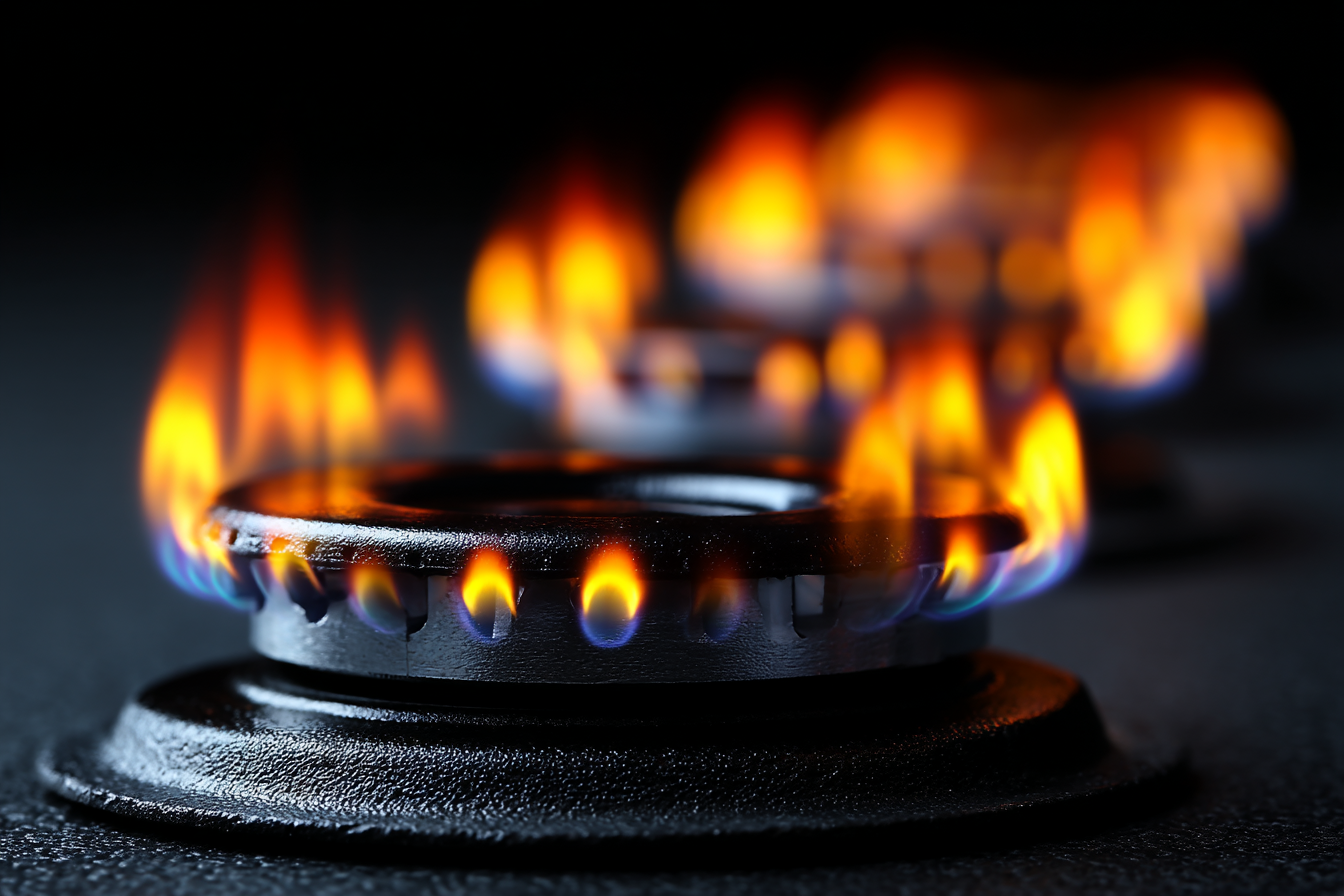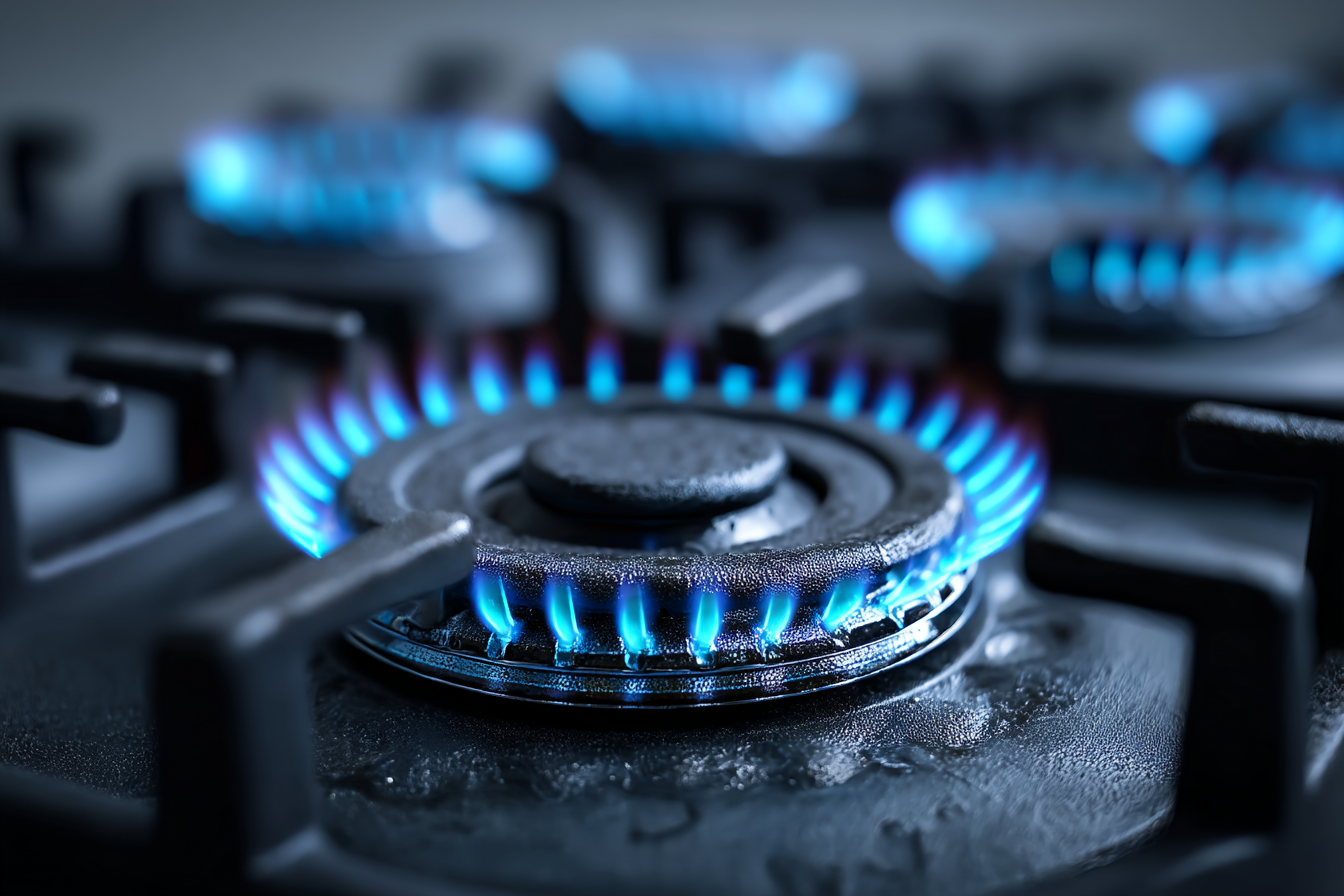I spent most of last winter having an ongoing argument with my boiler. The ancient gas monster that heats my little Victorian terrace house in Bristol had developed a personality disorder that manifested as mysterious clanking noises at 3 AM and an absolute refusal to provide hot water on particularly cold mornings—exactly when I needed it most. The final straw came during a freezing week in January when it decided to give up entirely, leaving me huddled under every blanket I owned while waiting for an emergency plumber who charged roughly the GDP of a small nation for the privilege of telling me, “It’s on its last legs, love. Time for a new one.”
Instead of immediately replacing it with another gas boiler, I found myself thinking: is this the moment? The moment to go fully electric? I’d been writing about the environmental impact of natural gas for years—the methane leaks during extraction and transportation, the carbon emissions from burning it, the fact that we’re essentially heating our homes by lighting fossil fuels on fire inside them, which sounds medieval when you put it that way. But actually making the switch in my own home? That felt like a massive leap.
I’m not someone who makes big decisions quickly. I once spent three weeks researching compost bins, comparing their thermal efficiency and worm happiness potential (yes, really), so the prospect of completely changing how I heated my home sent me into a research spiral that had my friends checking in to make sure I was still alive. “Just seen your 47th heat pump question in the eco-housing Facebook group,” texted my friend Sasha. “Blink twice if you need emergency intervention or a cup of tea.”
The thing is, transitioning from gas to electric isn’t a simple appliance swap—it’s a whole-house approach that touches everything from how you heat your water to how you cook your dinner. And in an older house like mine, with its gloriously inefficient single-glazed windows and walls that seem to actively invite cold air inside, it felt especially daunting. But as I researched more, I became convinced that this breakdown was actually perfect timing. Gas boilers installed today will still be operating in 2040, well past the point when we need to have dramatically reduced our carbon emissions. If I was going to replace my heating system anyway, this was the moment to do it right.
So I began my journey toward an all-electric home, and because I apparently can’t do anything without obsessively documenting it, I’m sharing what I learned along the way. Consider this your roadmap to ditching natural gas, whether you’re doing it all at once or step by step as appliances need replacing.
First things first: before making any changes to how you heat your home, focus on how well you’re keeping that heat inside. It sounds obvious, but I cannot stress this enough—the most eco-friendly (and wallet-friendly) energy is the energy you don’t use. I’d already done the basic insulation work years ago—loft insulation, draft-proofing, thermal curtains that my mother refers to as “those heavy monstrosities” but which actually make a massive difference to how warm the house feels.
But when I knew I was transitioning to all-electric, I got serious about the next level of efficiency measures. I finally replaced my ancient single-glazed sash windows with double-glazed versions that still look period-appropriate (a minor miracle and major expense, but worth every penny). I added internal wall insulation to the two external walls in my bedroom, which was messy and reduced the room size slightly but has made it noticeably warmer. And I sealed every microscopic gap I could find where cold air was sneaking in—around pipes, through floorboards, around door frames.
The difference was immediate and dramatic. Even with my dying boiler sputtering along, the house stayed warmer with less heating. My energy bills dropped about 20% just from these measures, before I’d even touched the heating system itself. If you’re considering going all-electric, start here—it will make everything else more effective and potentially allow you to install smaller, less expensive heating systems later.
With the insulation improved, it was time to tackle the heart of the gas-free transition: the heating system. For most homes, this means replacing a gas boiler with a heat pump—essentially an air conditioner running in reverse, extracting heat from the outside air (yes, even when it’s cold) and moving it inside. It sounds like magic, but it’s actually established technology that’s been used in Scandinavia and Japan for decades.
I won’t lie—heat pumps are a significant investment upfront. Mine cost about three times what a replacement gas boiler would have. But there were grants available that covered about a third of the cost, and the running costs are lower, especially with electricity prices stabilizing. The system should last at least 20 years with minimal maintenance, compared to 10-15 for a typical boiler.
The installation process was, as my dad would say, “a proper palaver.” It took four days, involved much swearing (mostly mine), several unexpected discoveries about my home’s plumbing history, and one instance of my elderly neighbor popping round to ask if the “spaceship” on my external wall (the heat pump unit) was going to abduct her cats. But the team I hired specialized in retrofitting older properties, which was essential—this isn’t a job for someone who’s only worked with conventional systems.
Living with the heat pump has been an adjustment. It doesn’t deliver the instant blast of heat that gas boilers do—instead, it provides a consistent, gentle warmth that’s actually more comfortable once you’re used to it. It works best when left running at a steady temperature rather than being turned on and off, which required retraining my habit of only heating the house when I’m actively freezing. I had to replace some of my radiators with larger ones to provide enough surface area, since heat pumps operate at lower temperatures than boilers.
But the results? Absolutely worth it. My home stays at a comfortable temperature, my energy bills are predictable, and I haven’t had to bleed a radiator or restart a boiler once. Plus, as the electricity grid in the UK gets greener (43% of our electricity came from renewable sources last year), my heating automatically becomes more environmentally friendly without me doing a thing.
With space heating sorted, the next challenge was hot water. My heat pump included a hot water tank, which was actually a return to the past for me—I’d had a combi boiler that provided instant hot water without a tank. Going back to a tank system meant I needed to plan a bit more, making sure there was enough hot water for showers and washing up, but the tank is well-insulated enough that water stays hot for ages. The slightly weird thing is explaining to guests that yes, they can have a shower, but maybe not a one-hour water-wasting extravaganza if they’re the third person that morning. Small price to pay for not literally burning fossil fuels to get clean.
Next on my gas-banishing agenda was the kitchen, specifically my ancient gas hob. I’d been attached to cooking with gas, buying into the chef’s myth that you can’t cook properly on anything else. Giving it up felt like a genuine sacrifice—until I actually tried induction cooking.
For the uninitiated, induction hobs use electromagnetic fields to heat the pan directly rather than heating a burner that then transfers heat to the pan. The result is faster heating, precise temperature control, and no wasted heat warming the air around your cookware. Also, no open flame, which means no combustion byproducts in your kitchen air—something I hadn’t considered before but which actually makes a significant difference to indoor air quality.
The drawback? I needed new pans. Induction only works with ferromagnetic cookware—basically, if a magnet sticks to the bottom, you’re good to go. About half my existing pans worked, but my beloved copper-bottomed saucepan and my ancient aluminum frying pan had to be replaced. I found decent secondhand replacements at a charity shop, and donated my old ones rather than sending them to landfill.
The learning curve with induction cooking was shorter than I expected. The responsiveness is actually superior to gas—when you turn it down, the temperature changes instantly rather than having residual heat from the burner. It boils water frighteningly quickly (my record is 45 seconds for a full kettle), and because the surface itself doesn’t get hot except where it contacts the pan, spills don’t burn onto the surface. The precise temperature control has actually improved my cooking—no more scorched garlic or accidentally boiled-over pots.
My gas oven was replaced with an electric fan model, which was a less dramatic change but still noticeable for baking. More even heat distribution means better cakes, in my experience, and no more anxiety about whether I’m slowly poisoning myself with low-level carbon monoxide while roasting vegetables. Win-win.
The final piece of my gas-free puzzle was backup power. One legitimate concern with all-electric homes is vulnerability during power cuts. With gas, you can at least light the stove with a match if the electricity is out. To address this, I installed a small battery backup system that can keep my essentials running—fridge, some lights, internet, and crucially, the circulation pump for my heating system—during short outages. It’s not powerful enough to run everything, but it prevents the panic of being completely without power. For longer outages, I’d need a more robust solution, but these are rare enough in my area that the small system feels adequate.
The total cost of my gas-to-electric conversion was significant—about £15,000 all in, including the insulation work, heat pump, hot water tank, induction hob, electric oven, and backup battery. Grants covered about £4,000 of that, and I was fortunate to have savings I could use. It’s a lot of money, and I recognize that this kind of all-at-once conversion isn’t financially possible for many people.
But here’s the thing: you don’t have to do it all at once. The pragmatic approach is to replace gas appliances with electric alternatives as they reach the end of their natural life. Boiler dies? Consider a heat pump. Stove acting up? Look at induction. Water heater leaking? Explore heat pump water heaters or electric tanks. Each step moves you closer to a fossil-fuel-free home without requiring the massive upfront investment of a complete conversion.
And there are definite financial upsides. My total energy bills have dropped by about 30% compared to my pre-conversion costs, and that’s with UK electricity prices being historically high recently. As more renewable energy comes online and electricity prices potentially drop, the savings should increase. There’s also less maintenance—no annual gas safety checks, no boiler services, fewer things that can go catastrophically wrong in the middle of winter.
The environmental benefits are harder to quantify exactly but definitely significant. Based on UK grid electricity mix and the efficiency of my heat pump, I’ve reduced my home’s carbon emissions by approximately 60% compared to my old gas system. As the grid gets greener, those savings will increase without me doing anything. There’s also the elimination of methane leaks, which are a major contributor to climate change and occur throughout the natural gas supply chain.
Living in my all-electric home for the past year has been remarkably unremarkable, which is perhaps the highest praise I can give. Everything just… works. No mysterious smells, no pilot lights to relight, no worrying about whether I’ve left the gas on when I go on holiday. The house is consistently comfortable rather than alternating between too hot and too cold. Cooking is cleaner and more precise. And there’s a certain satisfaction in knowing that as our electricity grid gets greener, my home automatically becomes more environmentally friendly without any additional effort on my part.
Is an all-electric home perfect? Of course not. The upfront costs are still a barrier for many. Some older properties may need significant modifications to make electric heating effective. And our electrical grid will need continued investment to handle increased demand as more homes transition away from gas. But for most homes, the path to eliminating natural gas is technically feasible today, with mature technology that’s already widely used around the world.
So if you find yourself where I was, facing a failed boiler or ancient stove, consider whether it’s time to take a step toward an all-electric future. You don’t have to do everything at once—each gas appliance you replace with an electric alternative is progress. And if my experience is anything to go by, you might find yourself wondering why you didn’t make the switch sooner.
Oh, and that emergency plumber who told me my boiler was dying? I bumped into him recently while he was working on a neighbor’s house. When I mentioned I’d replaced my system with a heat pump, he nodded approvingly. “Smart move,” he said. “Been installing those myself lately. Wave of the future, those are.” If even the gas engineers are getting on board, perhaps the all-electric revolution is closer than we think.
